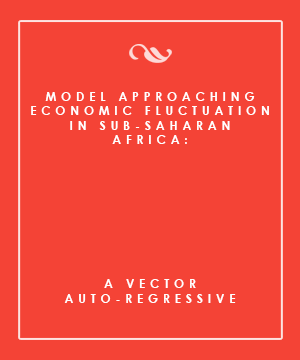Project Description
For most of the twentieth century, especially since the great depression, most macroeconomists have looked upon the sharp fluctuations in output and unemployment as prima facie evidence of major market imperfections and explored what these imperfections may be (Blanchard and fisher, 1990). In the last 15 years, however, some have argued that this is a misguided research strategy, since of research belongs basically can be explained without invoking imperfections. This line of research belongs basically to the real business cycle theory, which proceeds from the assumption that there are large random fluctuations in the rate of technological change (Mankiw, 1990 and Charnvitayapong et al 1995). Because these fluctuations in technology lead to fluctuations in relative prices, individuals rationally alter their labor supply and consumption. Thus the theory explains recessions as periods of technological regress, that is, declines in society’s technological ability and assumes that monetary policy is irrelevant for economic fluctuations.






